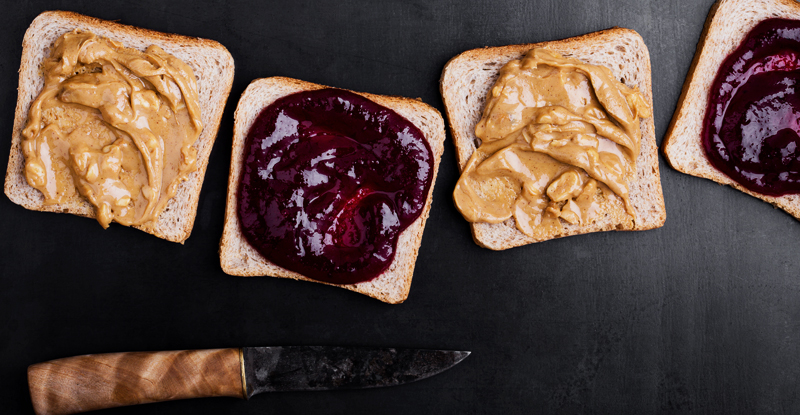So you decide to challenge yourself and run 150 miles (with a little help from a few friends) Great Allegheny Channel (GAP) Trail Relay. If you are a group of eight, you will run three legs and run 13 to 24 miles during the race. In a four-man superteam? You’ll run 6 legs for 32 to 46 miles.
Sounds easy!
But the GAP relay presents several challenges in terms of nutrition, proper refueling and recovery. You may run short distances that require less than an hour, or run longer distances that require carbs and fluids. When your legs are done, you may rest for an hour or a few hours.
What, when and how much you eat can affect your recovery and your ability to take on this challenge.
simple snack
As a rule of thumb, keep it simple.Stick to easy-to-digest carbohydrates, such as
- Pretzels
- banana
- dried fruit
- as shown in the picture
- granola bars
- applesauce
- Sports Gels/Sticks/Liquids
These will help ensure your blood sugar remains stable. Plus, these items are easy to digest, so they’ll help you avoid gastrointestinal (GI) discomfort during your run.
Eating these foods immediately after you finish a leg and within an hour of your next run will help restore muscle glycogen and prepare you for your next challenge.
what to eat during a long break
If you have a few hours between runs, consider a heartier snack — like a peanut butter and jelly sandwich — for protein and healthy fats. Consider filling a thermos of chicken noodle soup or hot water so you can have your oatmeal (with nuts and dried fruit added). If you have a cooler and can keep items at a safe temperature, consider bringing a turkey/ham sandwich, hard-boiled eggs, Greek yogurt, or shredded cheese.
timing
Make sure to give yourself at least an hour before your next leg to digest these high protein/fat foods and prevent GI upset.
If your runs exceed 60 minutes, be sure to carry and consume a sports fuel or sports drink at least every 45 minutes. This will help keep your blood sugar stable and prevent your stored carbohydrates from being depleted. (It’s certainly a risk of running multiple miles over the weekend!)
hydrating
You can prevent dehydration by drinking alcohol early and often. Both water and sports drinks are beneficial. Carbohydrates and electrolytes will help you feel energized and energized. Although the weather will likely be cool and at least one of your legs will likely be in the dark, fluid loss should be a concern. Heavier clothing is less breathable and can increase fluid loss, so carry plenty of fluids with you. For convenience, carry a sports drink bottle or belt and keep the drink in the team vehicle.
planning and communication
Finally, communicate! Be sure to discuss who brings which food and drink with your group members. If you need something while running, don’t be afraid to ask. Your team members are your support system. Talk to each other and keep it up.
Good luck, stay safe, and have fun out there!


